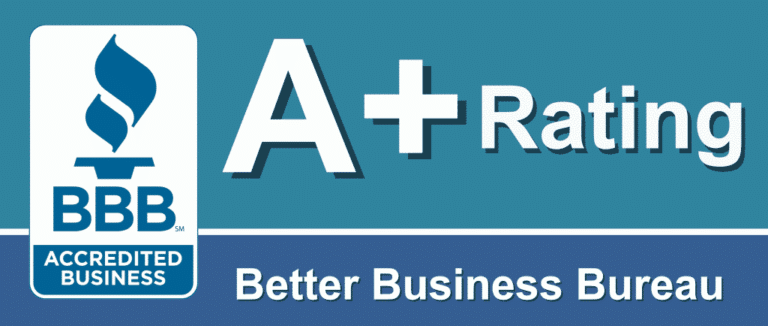Joe, “Doc, I would like my fillings out as soon as possible. Can you do it?”
“Joe, let’s do a complete examination and then I can answer that question.”
After the exam I had to tell the patient;
“Joe, I know you would like your mercury fillings replaced very soon, however, I would strongly advise against it.”
“Let me tell you why…”
Everyone knows we are made of cells – have you ever wondered what holds the cells together? This “scaffolding” is called the mesenchyme. (Imagine a tiled floor – the grout is the mesenchyme and the tiles are the cells.) It is also known as interstitial tissue. It is in the mesenchyme that we have our nerve endings, capillaries, venules and lymphatics. It is here that the exchange of nutrients and waste occur. For example, as you breathe in oxygen it is transported to your lungs and then to your arteries and down to your capillaries where it is unloaded into the mesenchyme and then diffuses into the cells of your organs. The CO2 (carbon dioxide) comes out of the cells into the mesenchyme and is picked up by the venules, goes to your veins, and from there to your lungs to be exhaled. If the mesenchyme is blocked and cannot function efficiently problems can occur.
Checking the mesenchyme is critical. From years of experience I have seen various problems occur if the mesenchyme is blocked. I warn patients not to do a DMPS provoked urine to test for high mercury until the mesenchyme is unblocked. For example, a woman with M.S.(multiple sclerosis) had a physician administer DMPS. She subsequently suffered from exacerbation of her symptomsand never got back to where she was.
In another instance, a sixty-two year old woman in decent health decided to go to a wellness clinic to feel even better. She was told to have her mercury fillings removed. By the end of the week, she needed a cane to help her walk. Over the next few weeks she ended up in a wheel chair and began to have problems speaking. She then came to me, and I referred her to an MD familiar with mercury toxicity, but he could not help her. This is, of course, an extreme example, but you can see why I will not remove fillings unless I have first checked the mesenchyme.
How do you check the status of the mesenchyme?
I personally check the mesenchyme by using EAV (Electro-acupuncture According to Voll) or as it is more commonly called today EDS (ElectroDermal Screening – see last month’s newsletter). With EAV I can tell how blocked the interstitial tissue is and test what will unblock it. Homeopathics predictably get the job done in 4-6 weeks. At that time I usually recheck to make sure we can proceed to the next step. As the mesenchyme is being “opened”, the patient rarely feels better because the toxins themselves are not being addressed.
During my initial exam, I screen everyone with the EAV. Besides determining if the interstitial tissue is blocked, an indication is given as to what toxins are building up in the cells to interfere with their normal functioning. It is rare that it is just one category, i.e. metals. Often a patient is overburdened with chemicals, pesticides and solvents. But no detoxification should begin until the mesenchyme is unblocked.
Disclaimer
Using EAV is not practicing medicine, and I want to make this perfectly clear. This biofeedback type device asks the body what type of energetic signal is needed to correct an aberrant signal, which then helps the body move towards homeostasis.
Theory
Based on what I know about the mesenchyme and what I witness time and again, I would say my theory on “unblocking” is a good guess. The main thing however, is that it works. How it actually works will one day be understood, for now I am happy to theorize and enjoy the results.
Just ask Joe – the patient at the beginning of this article who came in to have his fillings replaced. He too had mesenchyme blockage. After “un” blockage of the first “layer” of his toxins, guess what – his head pain that he had for 2 1/2 years, and that no physicians or tests could explain or help, improved dramatically. He will tell you that he doesn’t care what the explanation is, he is just happy to have relief of his pain.
© 2004, Mark A. Breiner, DDS


